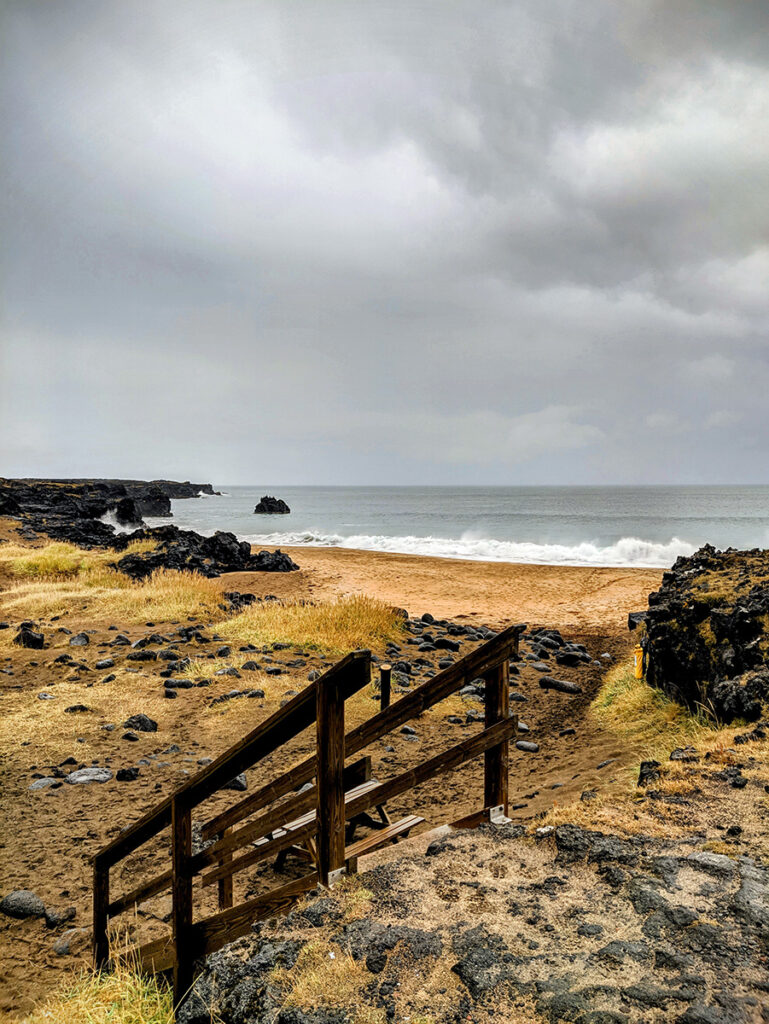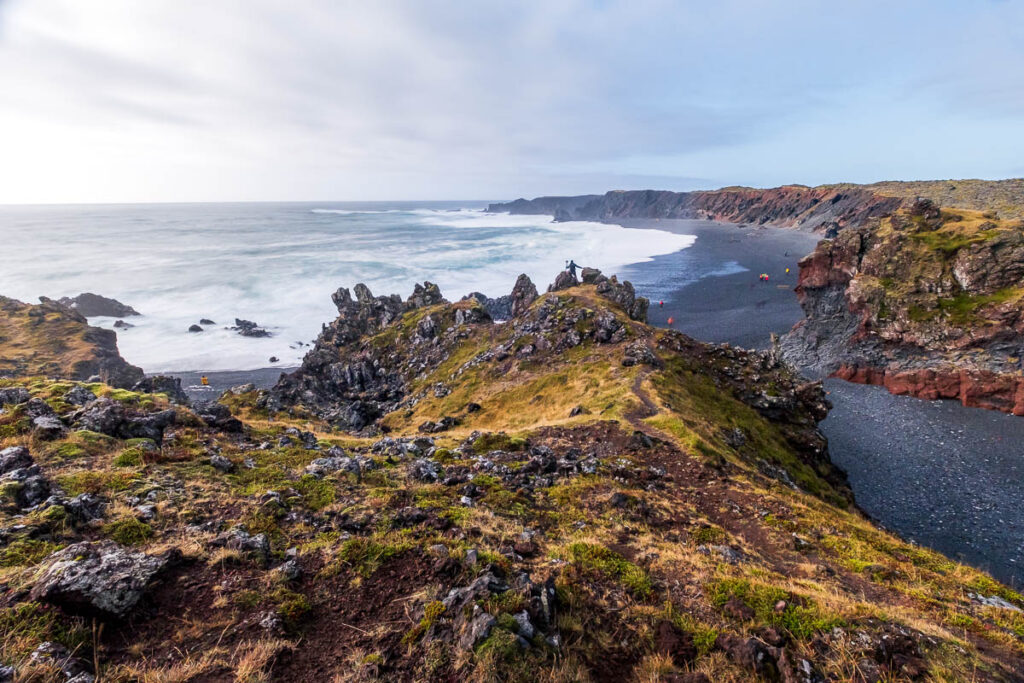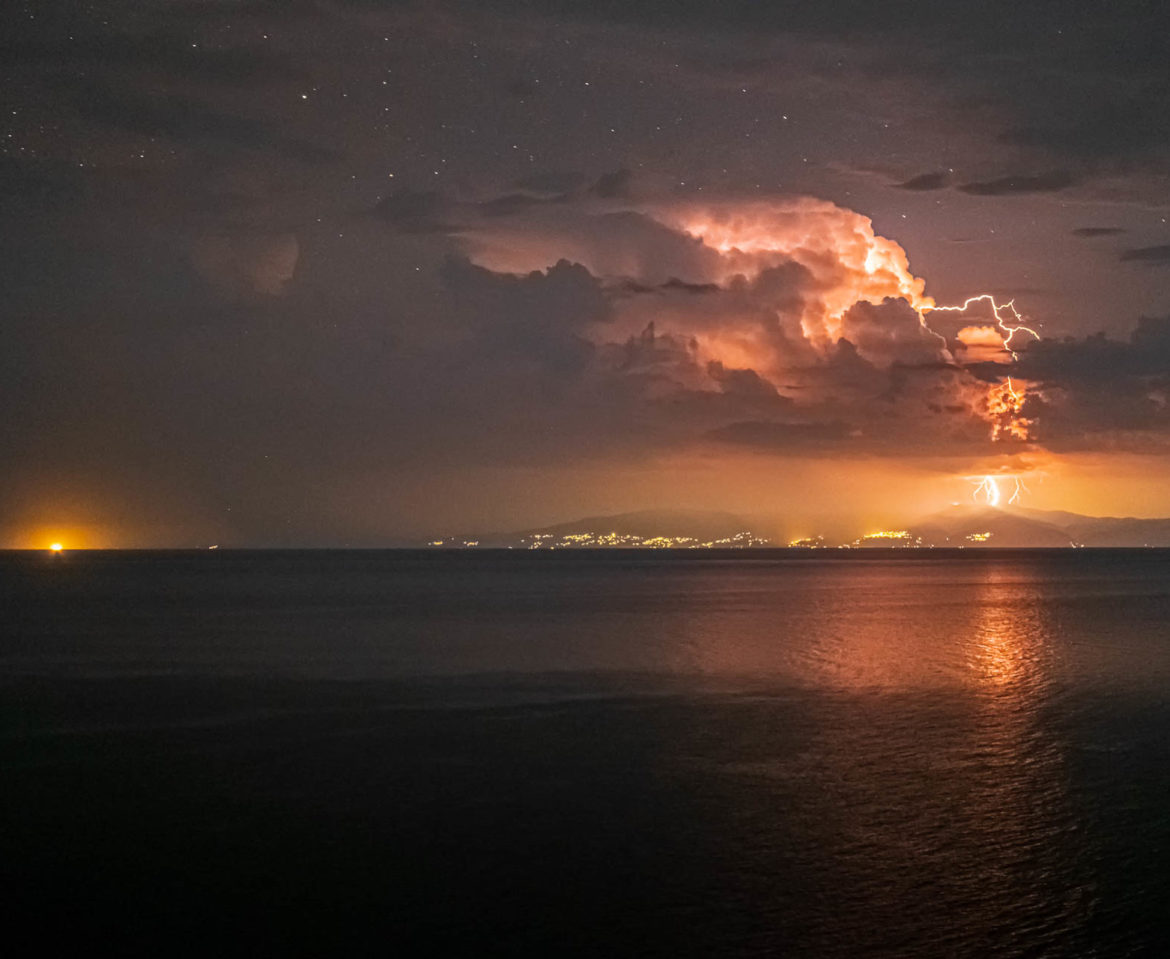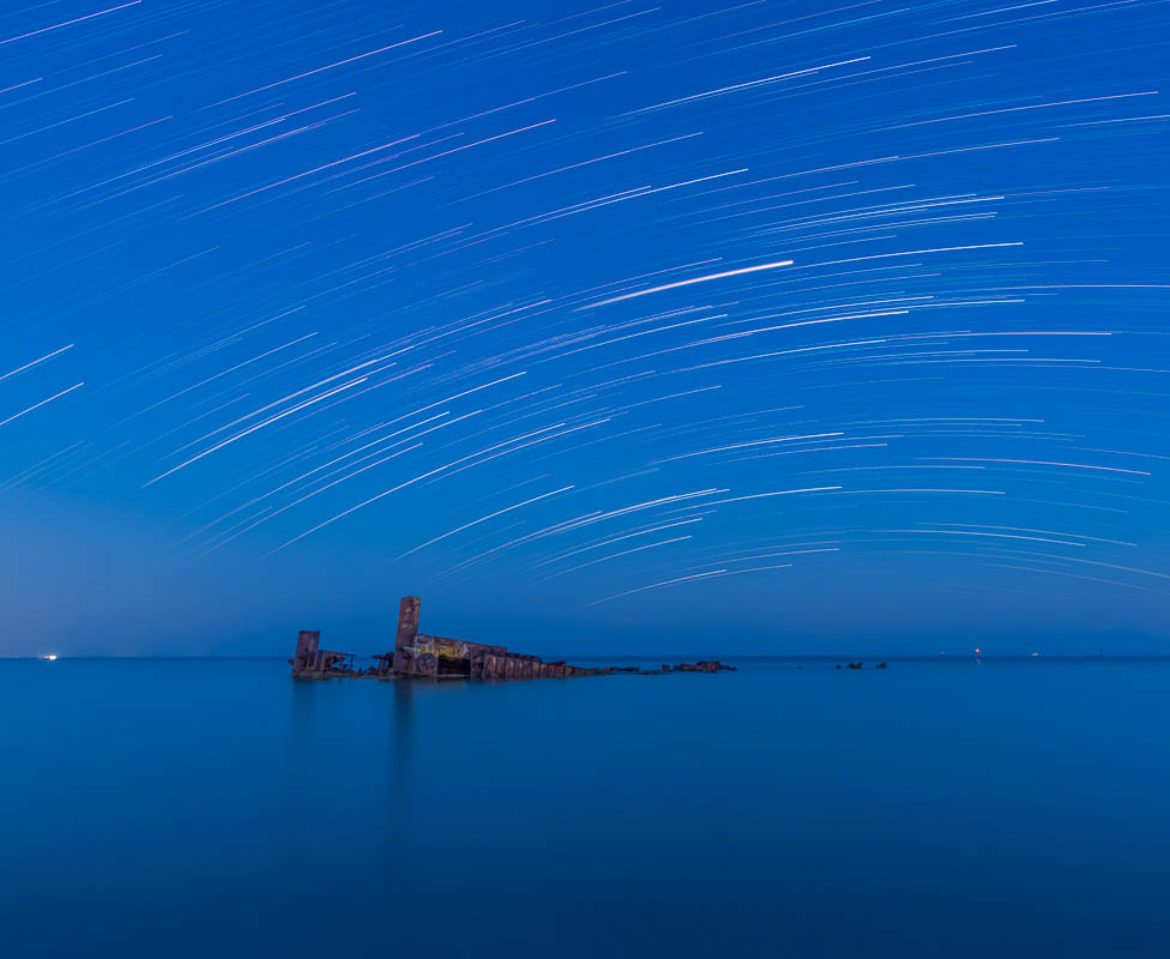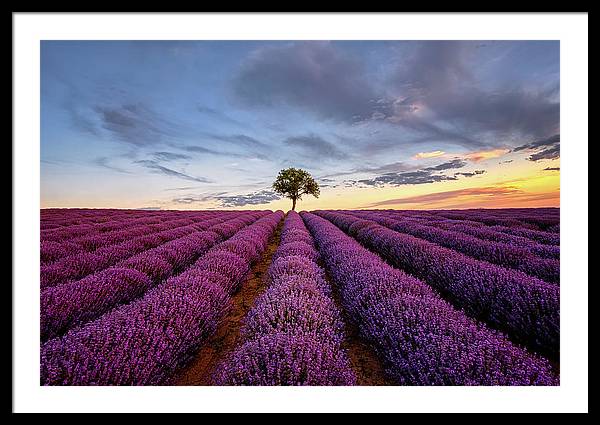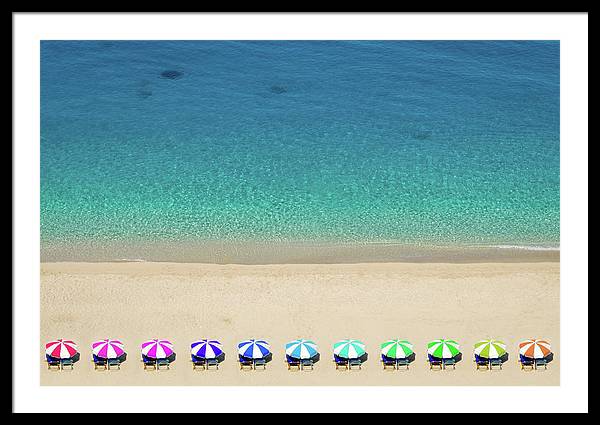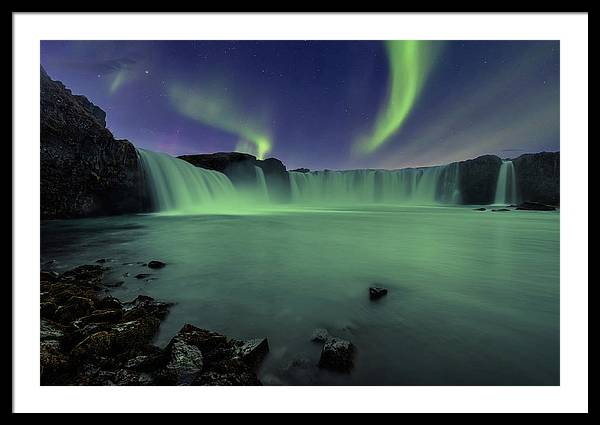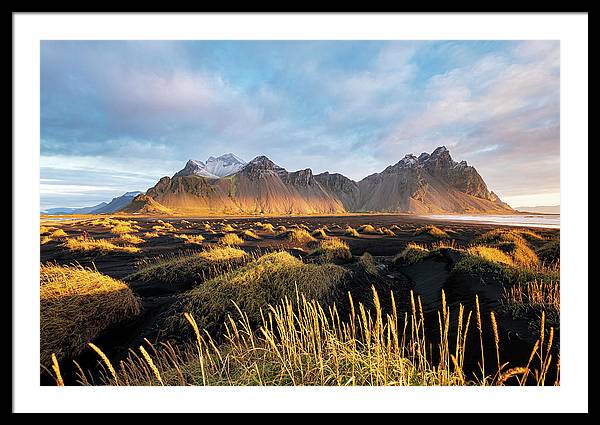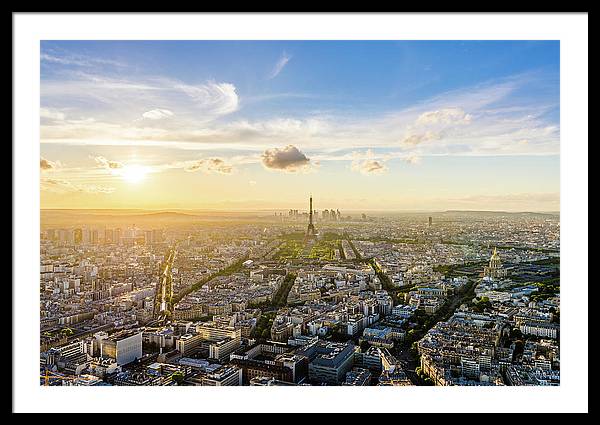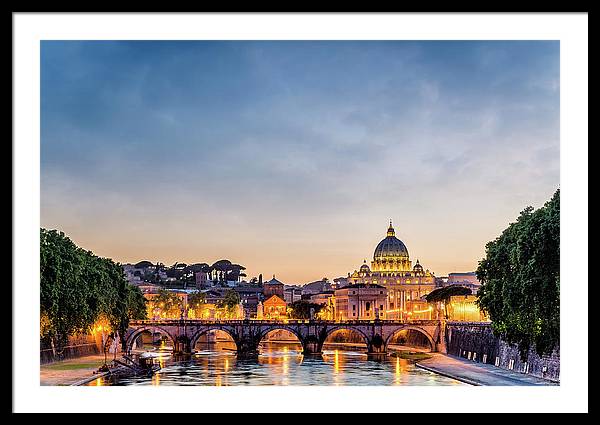Photographing the Beauty of Snaefellsnes Peninsula in Iceland
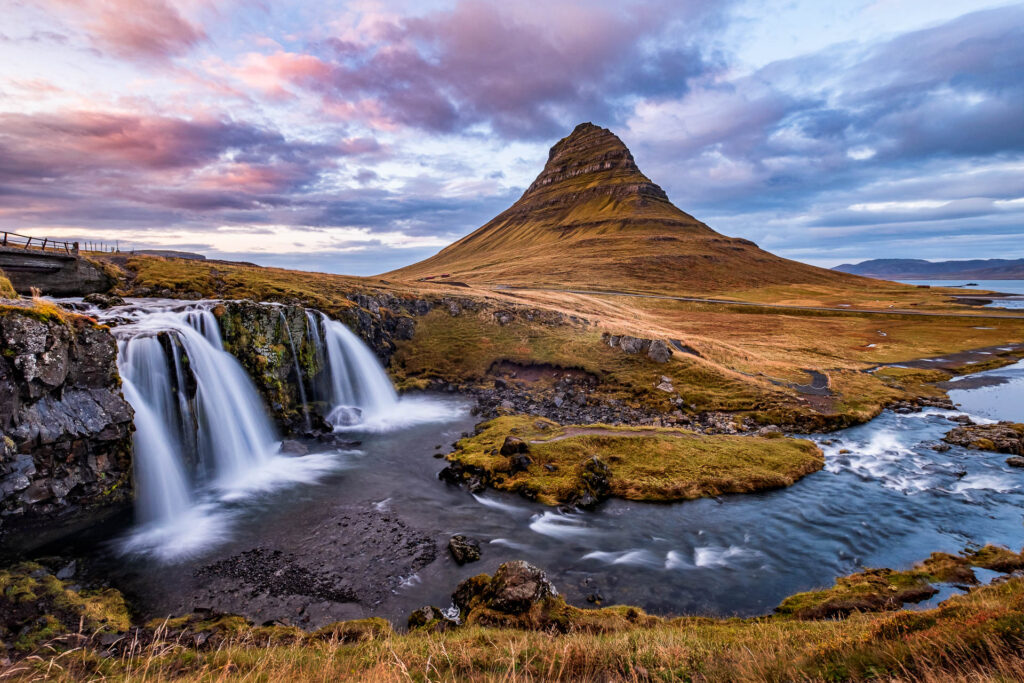
If you are looking for a photography destination that offers stunning natural beauty, diverse landscapes, and rich history, look no further than the Snaefellsnes Peninsula in Iceland. This small region, located on the west coast of the island, is home to some of the most iconic and photogenic spots in the country. In this guide, I will share with you my tips and tricks for capturing the best shots of some of the most amazing locations on the peninsula.
Kirkjufell mountain
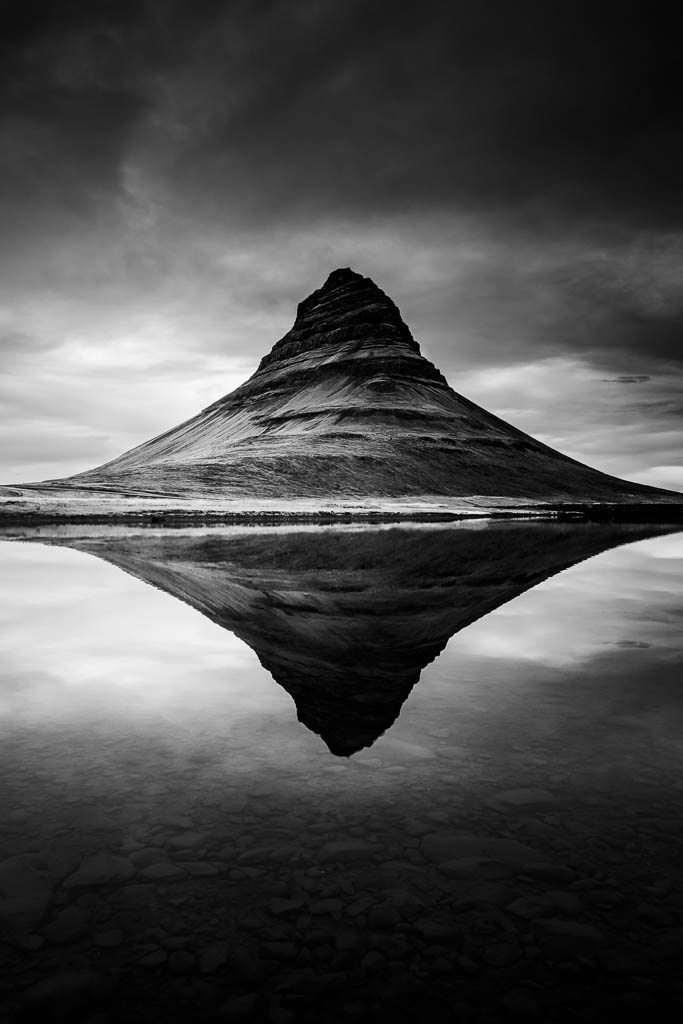
Kirkjufell, or “Church Mountain”, is a 463-meter-high hill that rises from the sea like a sharp arrowhead. It is often called the most photographed mountain in Iceland, and for a good reason. Its unique shape, coastal location, and isolation from other mountains make it a perfect subject for photography. You can photograph Kirkjufell from different angles and distances, but the most popular spot is near the waterfall Kirkjufellsfoss, where you can frame the mountain with the cascading water and the green fields. The best time to photograph Kirkjufell is during the golden hour, when the sun casts a warm glow on the mountain and the sky. If you are lucky, you might also catch the northern lights dancing above the mountain at night.
Malarrif lighthouse
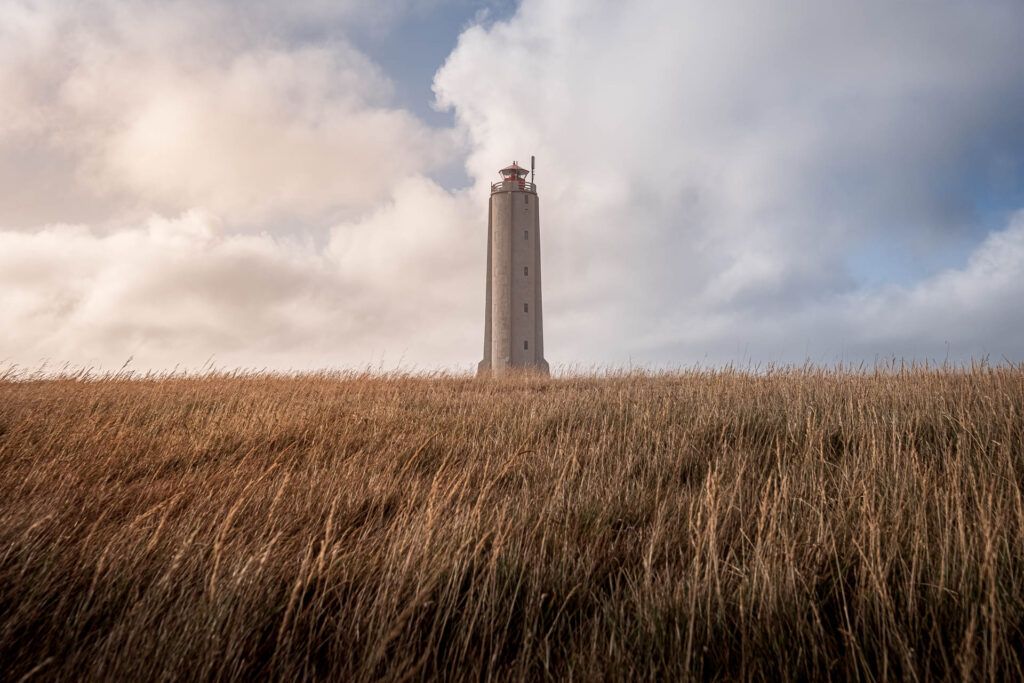
Malarrif Lighthouse is a white and red beacon that stands on the southern tip of the peninsula, overlooking the Atlantic Ocean. It was built in 1917 and is still operational today. The lighthouse is surrounded by lava fields, cliffs, and beaches, creating a dramatic contrast between the man-made structure and the natural scenery. You can photograph the lighthouse from different perspectives, such as from the beach, from the cliff, or from the road. The lighthouse is especially photogenic during sunrise and sunset, when the light creates a colorful backdrop for the white tower. You can also visit the nearby visitor center, where you can learn more about the history and culture of the area.
Black church of Budir
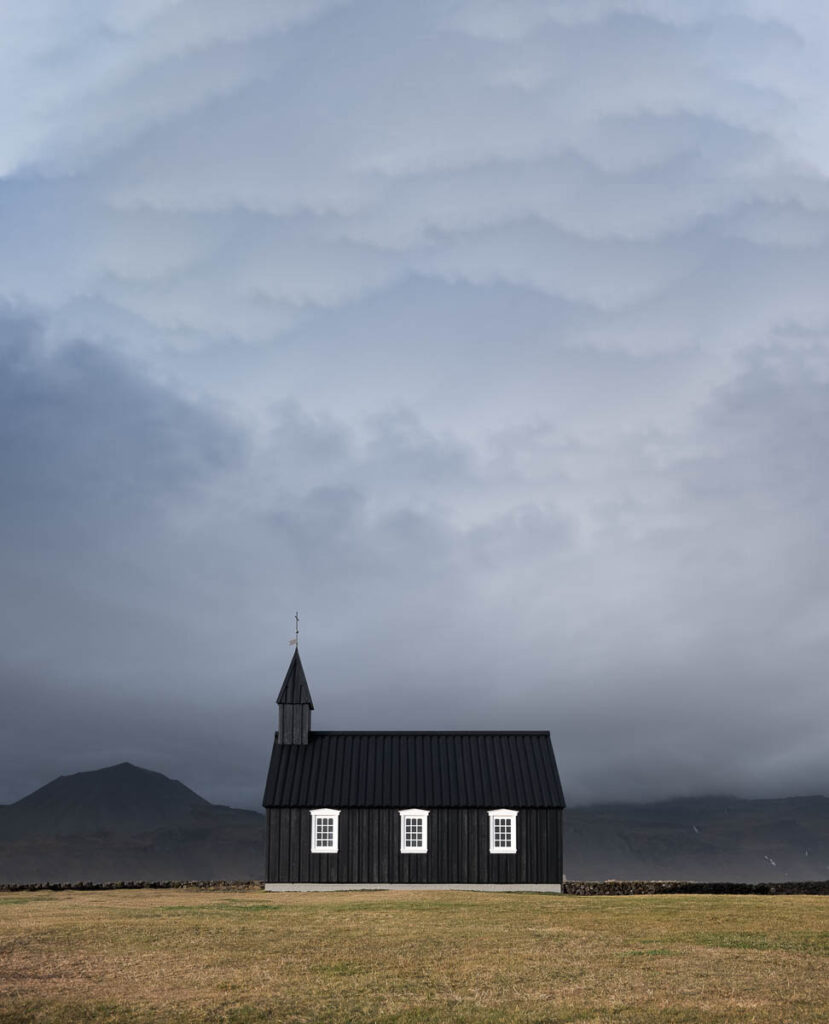
The black church of Budir is a small wooden church that dates back to 1703. It is painted black and has a white cross on the roof, making it stand out from the surrounding landscape. The church is located in a remote area, near a hotel and a lava field. It is one of the three black churches in Iceland and has become a popular attraction for photographers and tourists. The church is a great example of minimalistic architecture and photography, as it creates a striking contrast with the green grass, the blue sky, and the white snow. You can photograph the church from different angles and distances, but the most common one is from the front, where you can capture the church and the mountains in the background.
Londrangar basalt cliffs
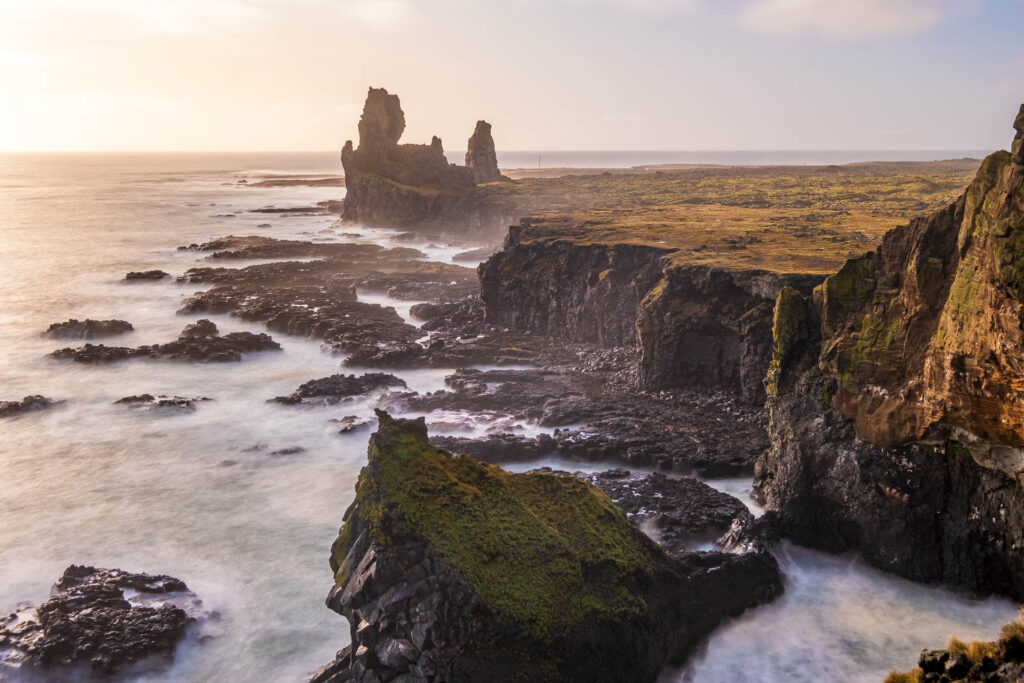
Londrangar Basalt Cliffs are two rock pinnacles that protrude from the ocean, west of Malarrif. They are the remnants of an ancient volcanic crater that has been eroded by the sea over thousands of years. The taller pinnacle is 75 meters high and the shorter one is 61 meters high. They are often compared to a castle or a cathedral, due to their shape and size. The cliffs are a haven for seabirds, such as puffins, fulmars, and kittiwakes, which nest on the rocks and fly around them. You can photograph the cliffs from different viewpoints, such as from the road, from the beach, or from the hiking trail that leads to them. The best time to photograph the cliffs is during the golden hour, when the light enhances the texture and color of the rocks.
Gatklettur rock arch
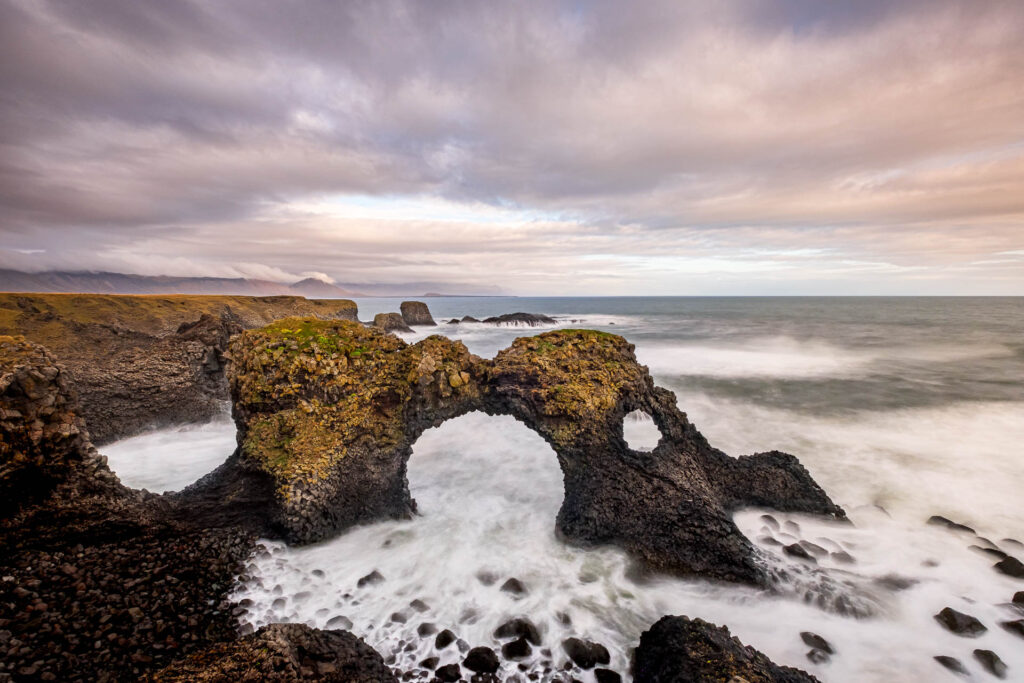
Gatklettur, or “Hellnar Arch”, is a natural stone arch that is formed by the wave action on the basalt rocks. It is located between the villages of Arnarstapi and Hellnar, on the south coast of the peninsula. The arch is a stunning example of the power and beauty of nature, as it shows the swirling patterns and shapes of the rocks. You can photograph the arch from different angles and distances, but the most popular one is from the beach, where you can capture the arch and the ocean in the same frame. The best time to photograph the arch is during low tide, when the water level is lower and the arch is more visible. You can also photograph the arch during sunrise and sunset, when the light creates a magical atmosphere.
Skardsvik beach
Skardsvik beach is a rare sight in Iceland, as it boasts golden sand instead of the usual black. The beach is located on the northwestern tip of the Snaefellsnes Peninsula, near the village of Ondverdarnes. The contrast between the bright blue water, the yellow sand, and the dark lava cliffs creates a stunning scenery that attracts photographers and nature lovers. The beach is also a historical site, as it contains a cave that was used as a burial place in the past. Skardsvik beach is a hidden gem that offers a glimpse of the diversity and beauty of Iceland’s landscapes.
Djupalnssandur beach
Djupalnssandur beach is a black-sand beach on the Snaefellsnes peninsula, where the remains of a British trawler that wrecked in 1948 can still be seen. The beach is also known for its four lifting stones, which were used to test the strength of fishermen in the past. The stones have different weights and names, and only the strongest men could lift the heaviest one. The beach offers a scenic view of the ocean and the nearby cliffs, as well as a glimpse of the history and culture of the area.
Conclusion
The Snaefellsnes Peninsula is a photographer’s paradise, as it offers a variety of locations and subjects to capture. Whether you are a beginner or a professional, you will find something that suits your style and interest. The peninsula is also a great place to explore and enjoy the nature, culture, and history of Iceland. I hope this guide has inspired you to visit and photograph the Snaefellsnes Peninsula.
Here are some of my best photos from Iceland if you want to have a look!
